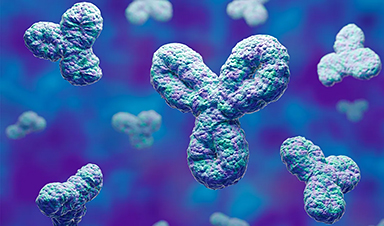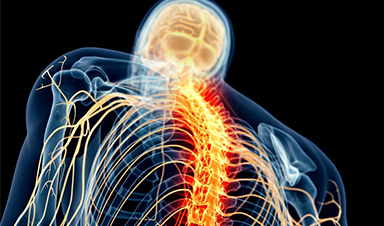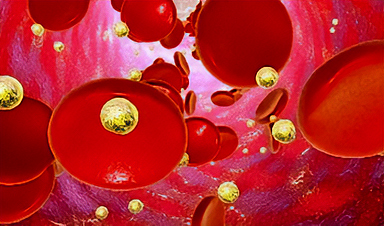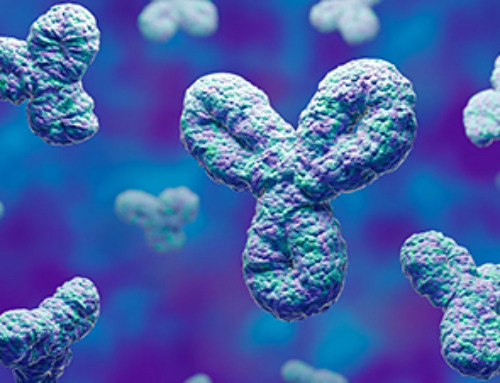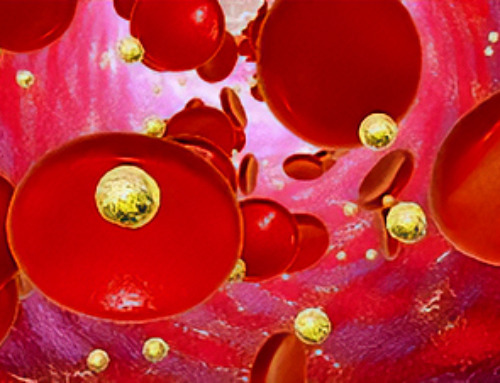A recent study published in Nature Communications presents a new microrobotic platform designed to improve the precision and versatility of nanoparticle manipulation using light. Led by Jin Qin and colleagues, the research addresses limitations in traditional optical methods and introduces a microrobot powered by plasmonic nanomotors.
Background: Limitations of Traditional Techniques
Manipulating nanoparticles at the nanoscale is a persistent challenge. Conventional optical tweezers work well for microscale objects but face limitations with nanoparticles due to diffraction limits and limited control over particle orientation. Efforts to induce particle rotation or enhance control often involve trade-offs, such as bulky attachments or complex multi-trap configurations, which restrict flexibility and accuracy.
To overcome these constraints, the authors developed a light-driven microrobotic system—essentially a microdrone that can move with multiple degrees of freedom and manipulate nanoparticles with enhanced precision. This platform aims to provide greater agility and fine-tuned control for applications requiring nanoscale manipulation.
The Current Study
The microrobots were constructed using a rigid, transparent disk-shaped body made from hydrogen silsesquioxane (HSQ), measuring approximately 3.5 μm in diameter and 150 nm in height, with a total weight of around 3.8 pg. Several plasmonic antennas were integrated into the structure to serve as independent motors.
At the core of the manipulation system is a plasmonic nano-tweezer—a gold cross-antenna designed and fabricated using focused helium ion beam milling. This structure generates a localized near-field hot spot that enables the trapping of nanoparticles. The tweezer was embedded directly onto the microrobot in a single fabrication step, with a 1 μm gap maintained between the tweezer and motors to avoid interference.
For experimental validation, a static tweezer setup was used. It was mounted on a coverslip inside a water cell containing nanodiamonds (average diameter of 70 nm). A 980 nm infrared laser was used to create an optical trap, while a 532 nm green laser excited the nanodiamonds’ color centers for fluorescence-based tracking.
The microrobots were released into solution by etching away the indium tin oxide substrate using hydrochloric acid. Once free-floating in water, the infrared laser induced a gentle push from the substrate, enabling the trapping of nanodiamonds without unwanted adhesion, which can result from surface charge effects.
All trapping and manipulation events were recorded using a high-numerical-aperture oil-immersion objective for detailed imaging of microrobot behavior.
Results and Discussion: Performance of the Microrobot Platform
The researchers successfully demonstrated the microrobot’s ability to trap, transport, and release nanoparticles with high precision. Experimental sequences showed the microrobots performing both spiral and linear motion patterns while securely holding nanodiamonds.
Stable trapping was achieved through the interaction of optical gradient forces and plasmonically enhanced fields, confirming the effectiveness of the integrated tweezer design.
The system also exhibited reliable control over dynamic sequences, something not possible with many existing manipulation tools. The applications discussed include targeted drug delivery, quantum sensing, and other nanotech workflows that require cargo transport at the nanoscale.
The authors do acknowledge some limitations. For instance, heat-induced thermophoresis can reduce trapping efficiency, and particles may detach during rapid movement. However, they suggest that implementing an active feedback system could help counteract Brownian motion and improve positional accuracy during manipulation.
With further refinement, this platform could support a wider range of applications in areas like targeted cargo delivery, quantum sensing, and precision nanoscale engineering.
Journal Reference
Qin J., et al. (2025). Light-driven plasmonic microrobot for nanoparticle manipulation. Nature Communications 16, 2570. DOI: 10.1038/s41467-025-57871-x, https://www.nature.com/articles/s41467-025-57871-x
News
Specially engineered antibody delivers RNA therapy to treatment-resistant tumors
Elias Quijano, PhD; Diana Martinez-Saucedo, PhD; Zaira Ianniello, PhD; and Natasha Pinto-Medici, PhD, there are 25 other contributors, most from Yale's Department of Therapeutic Radiology and from the departments of genetics, molecular biophysics and [...]
Vaccinated women face fewer cervical cancer risks
New data from Denmark shows the HPV vaccine’s powerful long-term impact, while also revealing why cervical cancer screening is still essential. A Danish study published in the journal Eurosurveillance reports that women who received the human [...]
3D-printed implant offers a potential new route to repair spinal cord injuries
A research team at RCSI University of Medicine and Health Sciences has developed a 3-D printed implant to deliver electrical stimulation to injured areas of the spinal cord, offering a potential new route to [...]
Nanocrystals Carrying Radioisotopes Offer New Hope for Cancer Treatment
The Science Scientists have developed tiny nanocrystal particles made up of isotopes of the elements lanthanum, vanadium, and oxygen for use in treating cancer. These crystals are smaller than many microbes and can carry isotopes of [...]
New Once-a-Week Shot Promises Life-Changing Relief for Parkinson’s Patients
A once-a-week shot from Australian scientists could spare people with Parkinson’s the grind of taking pills several times a day. The tiny, biodegradable gel sits under the skin and releases steady doses of two [...]
Weekly injectable drug offers hope for Parkinson’s patients
A new weekly injectable drug could transform the lives of more than eight million people living with Parkinson's disease, potentially replacing the need for multiple daily tablets. Scientists from the University of South Australia [...]
Most Plastic in the Ocean Is Invisible—And Deadly
Nanoplastics—particles smaller than a human hair—can pass through cell walls and enter the food web. New research suggest 27 million metric tons of nanoplastics are spread across just the top layer of the North [...]
Repurposed drugs could calm the immune system’s response to nanomedicine
An international study led by researchers at the University of Colorado Anschutz Medical Campus has identified a promising strategy to enhance the safety of nanomedicines, advanced therapies often used in cancer and vaccine treatments, [...]
Nano-Enhanced Hydrogel Strategies for Cartilage Repair
A recent article in Engineering describes the development of a protein-based nanocomposite hydrogel designed to deliver two therapeutic agents—dexamethasone (Dex) and kartogenin (KGN)—to support cartilage repair. The hydrogel is engineered to modulate immune responses and promote [...]
New Cancer Drug Blocks Tumors Without Debilitating Side Effects
A new drug targets RAS-PI3Kα pathways without harmful side effects. It was developed using high-performance computing and AI. A new cancer drug candidate, developed through a collaboration between Lawrence Livermore National Laboratory (LLNL), BridgeBio Oncology [...]
Scientists Are Pretty Close to Replicating the First Thing That Ever Lived
For 400 million years, a leading hypothesis claims, Earth was an “RNA World,” meaning that life must’ve first replicated from RNA before the arrival of proteins and DNA. Unfortunately, scientists have failed to find [...]
Why ‘Peniaphobia’ Is Exploding Among Young People (And Why We Should Be Concerned)
An insidious illness is taking hold among a growing proportion of young people. Little known to the general public, peniaphobia—the fear of becoming poor—is gaining ground among teens and young adults. Discover the causes [...]
Team finds flawed data in recent study relevant to coronavirus antiviral development
The COVID pandemic illustrated how urgently we need antiviral medications capable of treating coronavirus infections. To aid this effort, researchers quickly homed in on part of SARS-CoV-2's molecular structure known as the NiRAN domain—an [...]
Drug-Coated Neural Implants Reduce Immune Rejection
Summary: A new study shows that coating neural prosthetic implants with the anti-inflammatory drug dexamethasone helps reduce the body’s immune response and scar tissue formation. This strategy enhances the long-term performance and stability of electrodes [...]
Scientists discover cancer-fighting bacteria that ‘soak up’ forever chemicals in the body
A family of healthy bacteria may help 'soak up' toxic forever chemicals in the body, warding off their cancerous effects. Forever chemicals, also known as PFAS (per- and polyfluoroalkyl substances), are toxic chemicals that [...]
Johns Hopkins Researchers Uncover a New Way To Kill Cancer Cells
A new study reveals that blocking ribosomal RNA production rewires cancer cell behavior and could help treat genetically unstable tumors. Researchers at the Johns Hopkins Kimmel Cancer Center and the Department of Radiation Oncology and Molecular [...]

